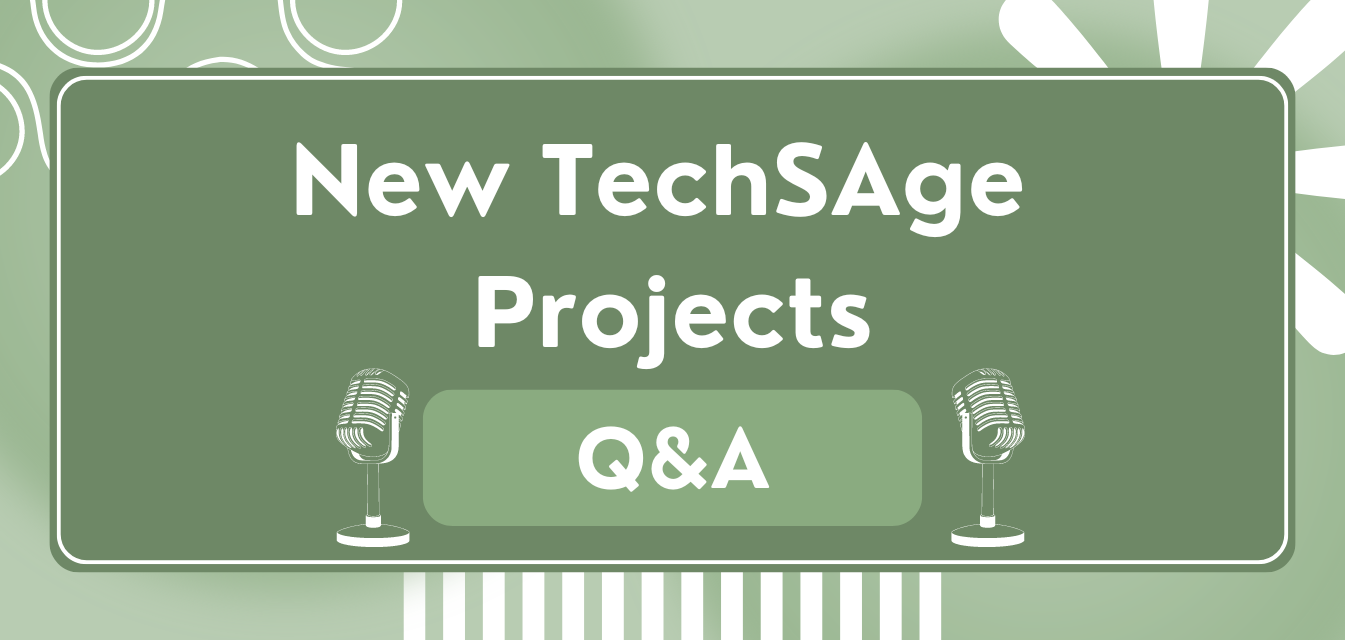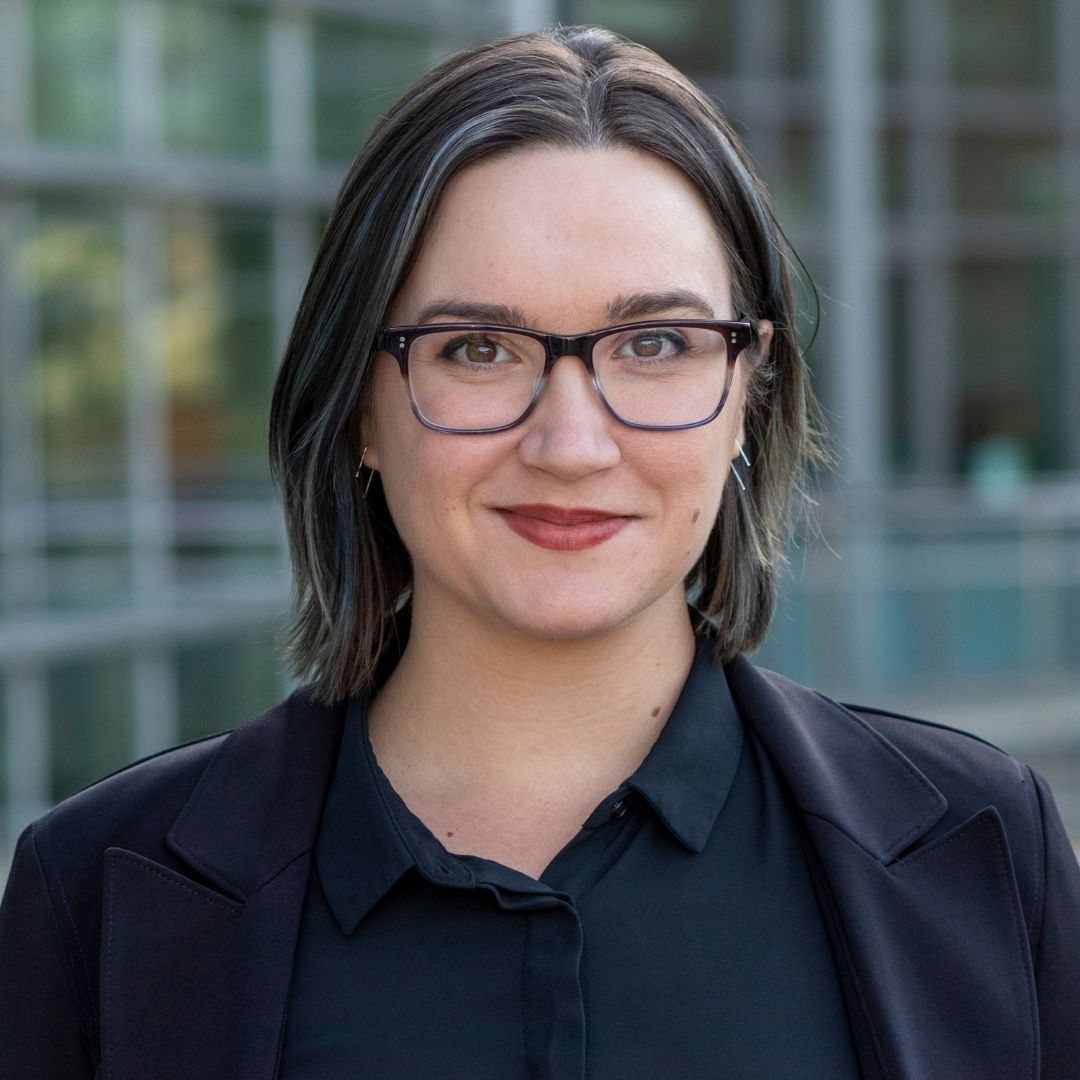
Developing a Wayfinding Support Robot
Interview with Katie Driggs-Campbell: by Sujana Vangala
Q: Tell me about your personal geography. Where are you from? Where did you grow up? Where did you go to school? Where are you now?
A: “I was born and raised in Arizona. I went to Arizona State University and got my bachelor’s in electrical engineering, and at that point, I'd worked on some sensor stuff, for research as an undergrad…but I was really excited to look at technologies that more directly impacted people. For both my masters and PhD, I popped over to UC Berkeley, where I worked on designing systems that work with people. Most of my work there is on autonomous vehicles. After that, I was a postdoc at Stanford, where I worked in the Stanford Intelligence Systems Lab, [looking] a little bit more into how to improve the planning and safety of autonomous vehicles. And now I'm at Illinois -- my first winter was here.”
Q: Tell me about the Wayfinding Support Robot Project. What is the goal?
A: “A lot of the work that I had done before was focused on how we improve the robotic capabilities of different systems, and we're primarily working with mobile robots-- systems that were on the ground, almost all had wheels, were moving around spaces. When I started at Illinois, one of the things we started looking at was crowd navigation. We're really interested in looking at how we can navigate in these human spaces. When we say navigation, that means it can find paths or ways to get from one point to another, so if you specify some goal, it can go to that space. We wanted to start thinking about how we could translate this, see how we could get it to help and assist people in this guidance space. How can we accommodate for not just the robot trying to get itself from point A to point B, but how can account for the human that is now following it? How do we get input or communication from the user?
Within wayfinding, we identified a few different tasks, so the first one is navigation—that's just getting you to a particular space. Another piece is orienting, where you want to help the person understand where they are in a space… We also wanted to allow the robot to provide some other auxiliary information, so we are starting to think about ways we can have the human ask the robot key questions like what’s going on around me, where certain obstacles are, and the robot cam take in the visual information, process it, and communicate it back.”
Q: What is your target population? Who are you trying to help with this project?
A: “A lot of wayfinding tools out in the world are things like signage or public maps—things that are publicly available out there are made for people with vision. It doesn't help people with visual impairments, or who are blind, and those are the people who really need it…we’re particularly looking at people aging with visual impairments.”
Q: What are you most excited about with this project?
A: “It’s been great to collaborate and work with folks like Wendy Rogers, who can provide us a lot of more human specific information about the needs of the target population... it's been really interesting to learn about the challenges and really see how robotics can provide a new solution to these problems... the robots, are providing a lot of new possibilities. So, it feels like it's a very new take on the problem.”
About Katie
 Katie Driggs-Campbell is an Assistant Professor in the Electrical and Computer Engineering Department at the University of Illinois Urbana-Champaign. She is the director of the Human-Centered Autonomy Lab. Her research focuses on robotics in the areas of motion planning, vision, and artificial intelligence. Learn more about her and her work below!
Katie Driggs-Campbell is an Assistant Professor in the Electrical and Computer Engineering Department at the University of Illinois Urbana-Champaign. She is the director of the Human-Centered Autonomy Lab. Her research focuses on robotics in the areas of motion planning, vision, and artificial intelligence. Learn more about her and her work below!